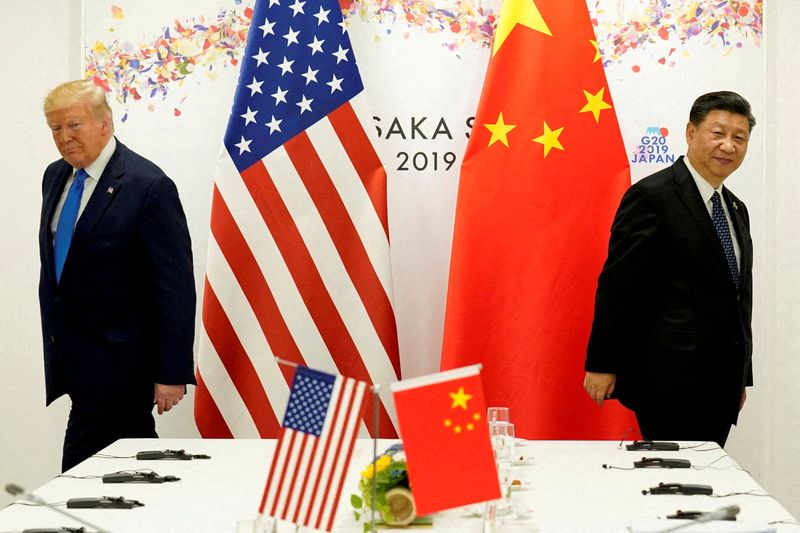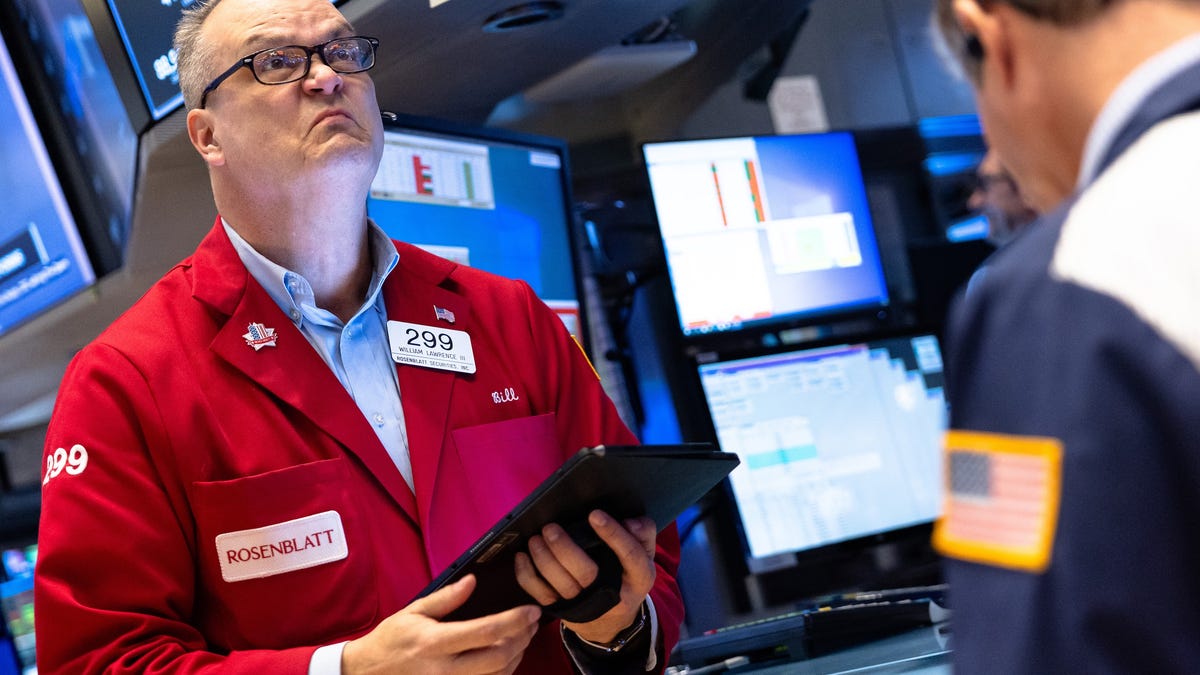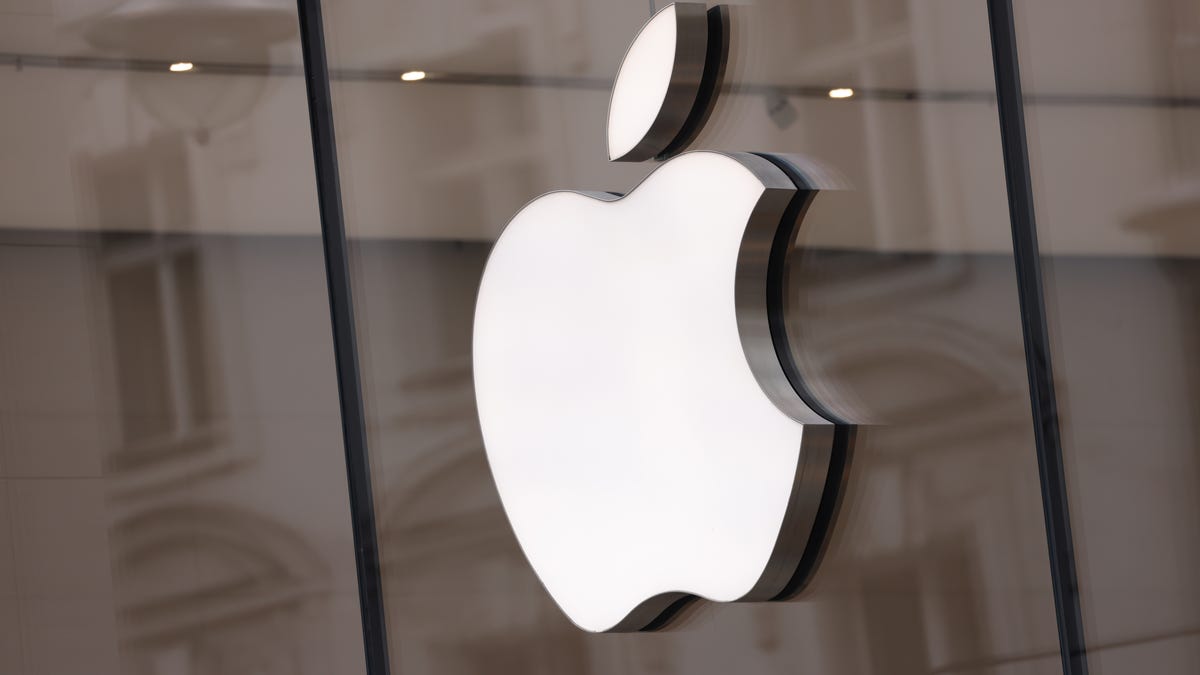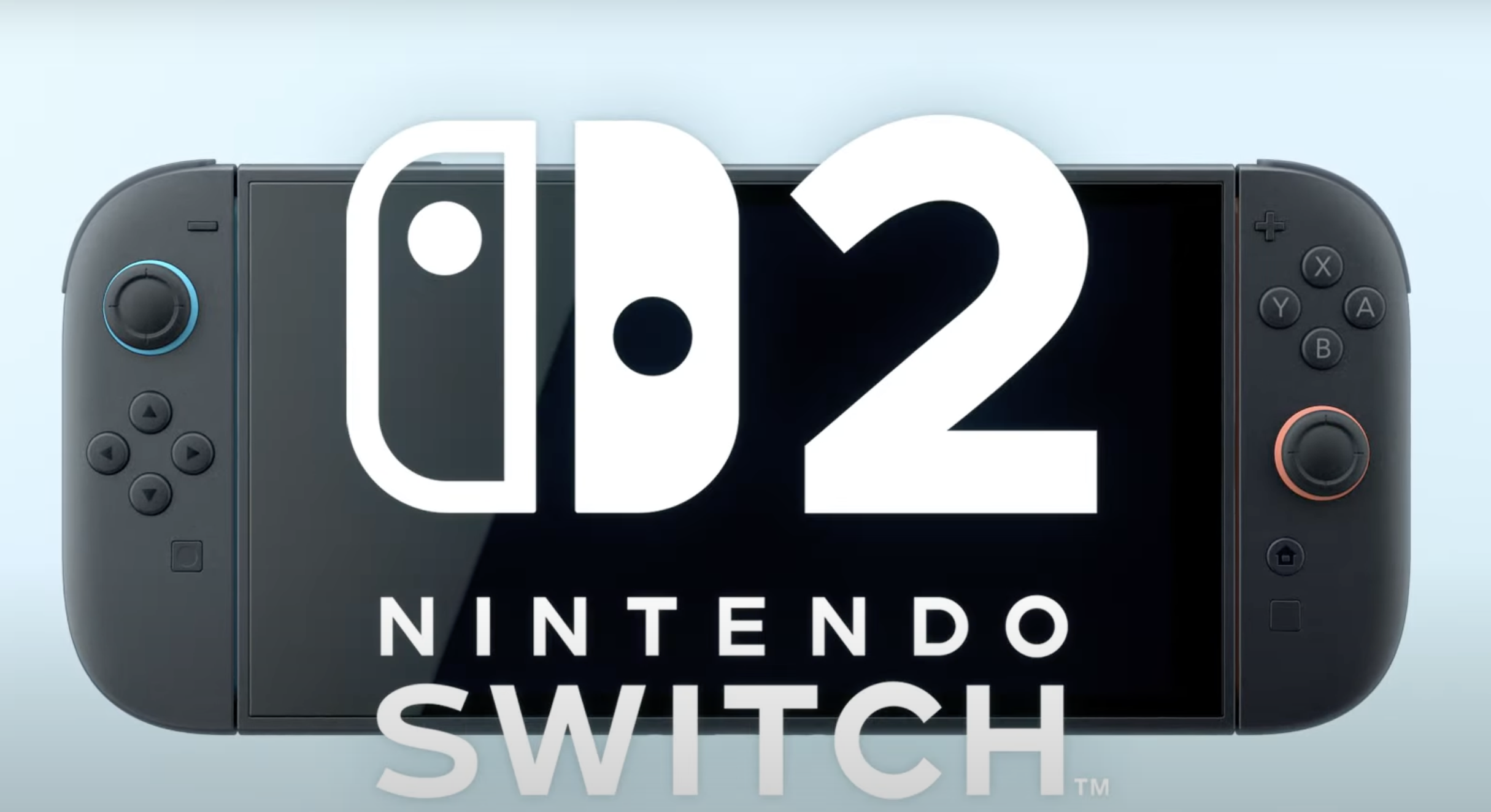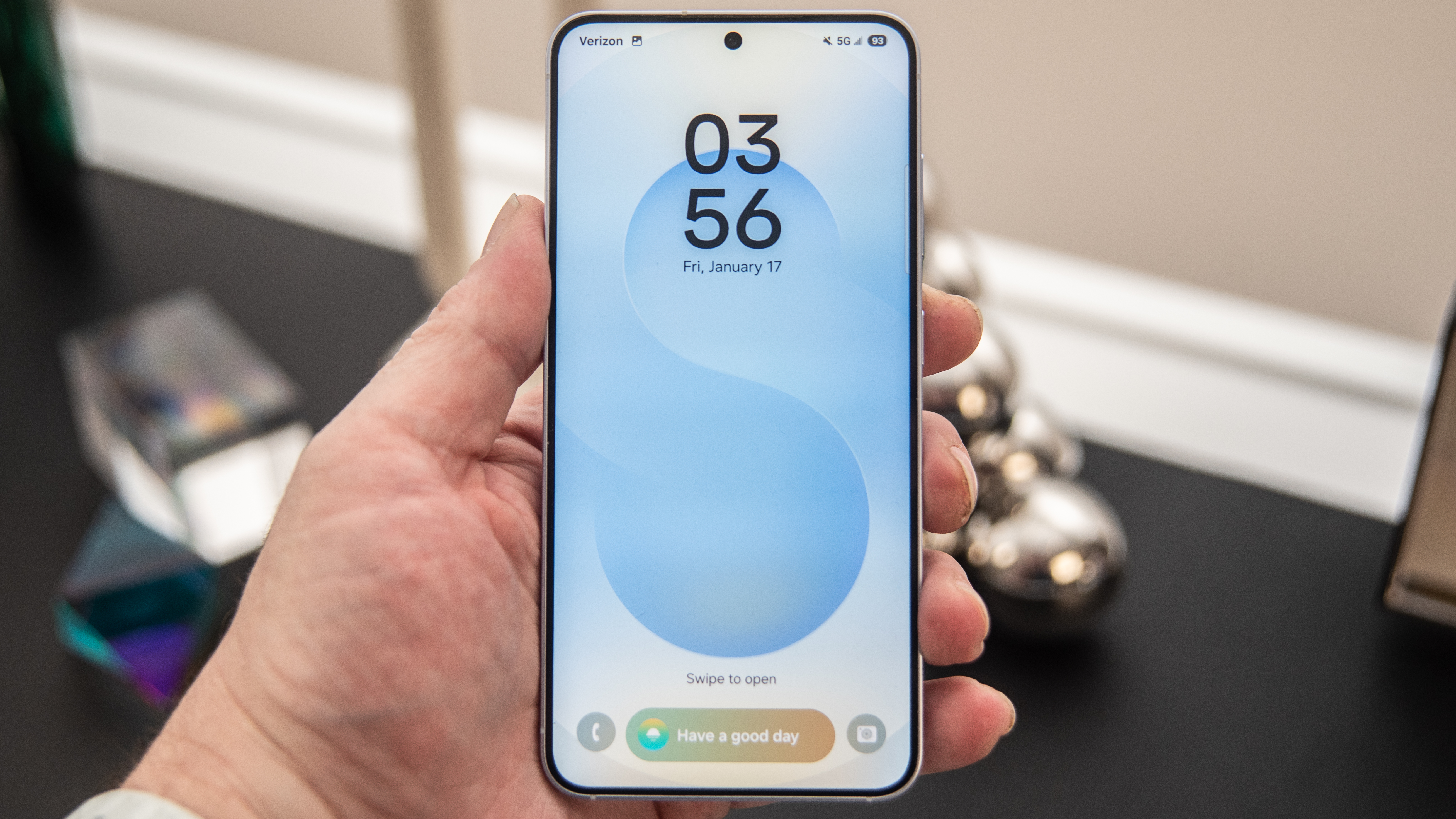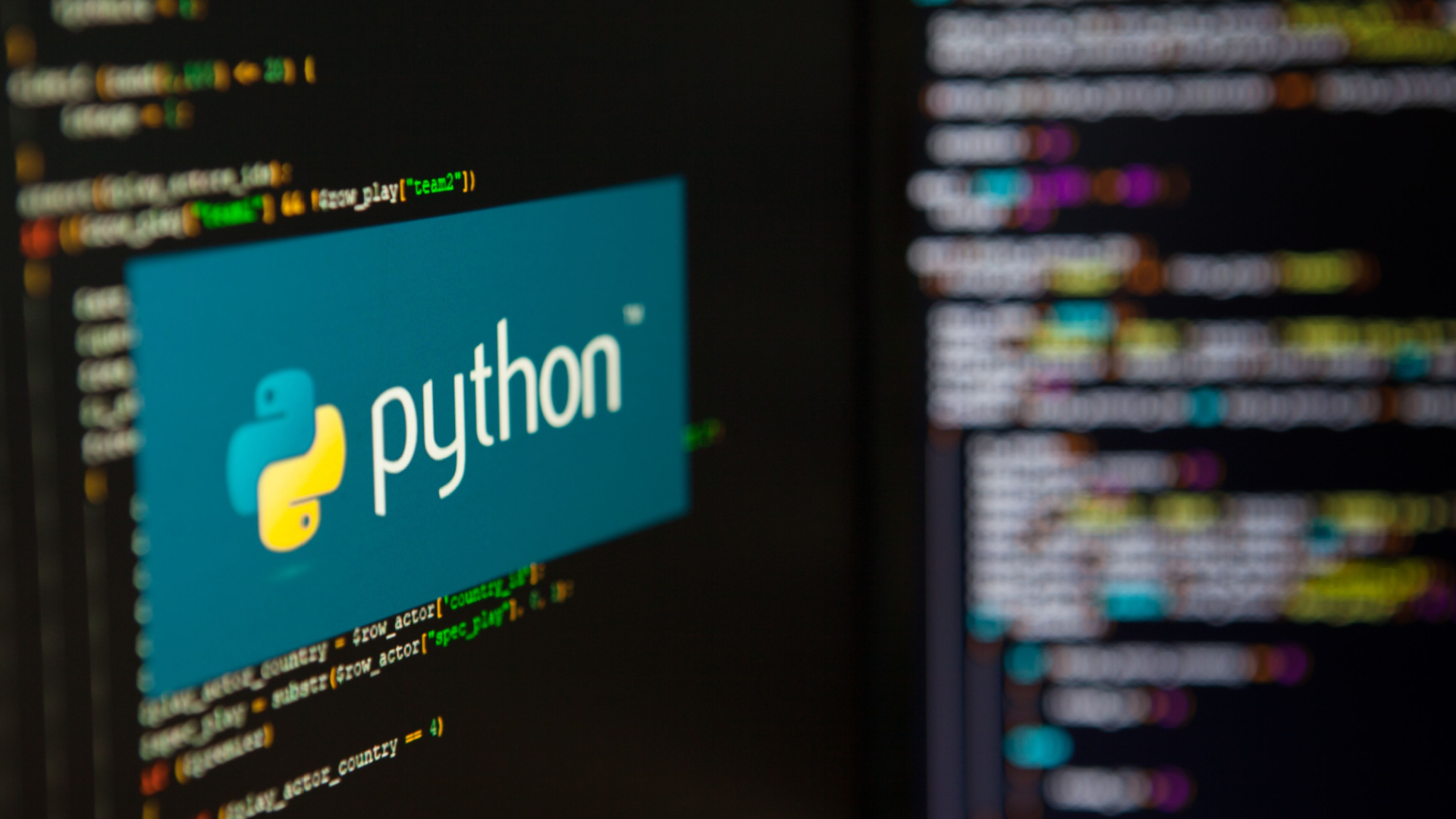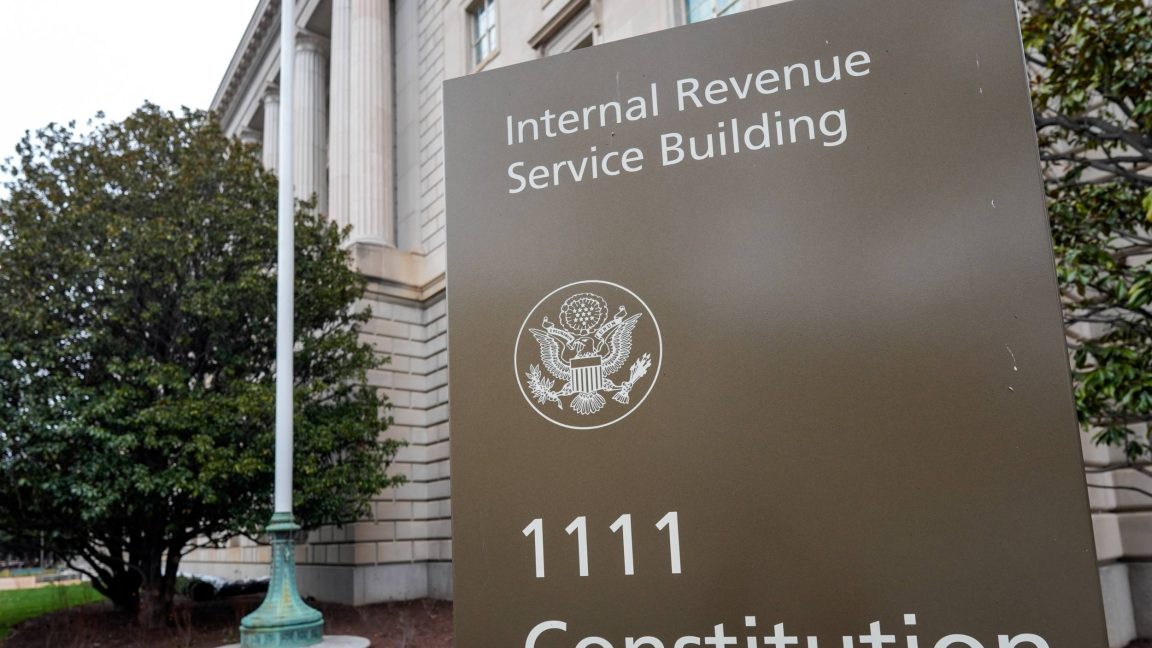North America Startup Investment Spiked In Q1 Due To OpenAI, But Seed And Early Stage Fell
Despite several big deals that buoyed the numbers, North America early- and seed-stage investment declined to multiquarter lows in Q1, and reported round counts fell across stages.

North America’s startup investment hit $82 billion in the first quarter, driven by continued enthusiasm around generative AI.
The Q1 tally represented the highest quarterly funding level in three years. However, nearly half of the total came from a single, record-breaking deal: the SoftBank-led $40 billion financing for OpenAI announced on March 31.
Beyond that giant late-stage round, funding was down in other categories. Both early- and seed-stage investment declined. Reported round counts also fell across stages.
For perspective, we charted out investment totals, color-coded by stage, for the past nine quarters below.
We also looked at reported rounds over the same period.
Of course, venture capital isn’t just about putting money into startups. Startup investors also expect returns when companies exit by going public or getting acquired. And by this metric, Q1 was not too shabby, with both the largest startup acquisition ever (Google’s planned $32 billion purchase of Wiz) and CoreWeave’s market debut in an IPO that raised $1.5 billion.
Below, we’ll take a look in more detail at investment by stage, as well as drill down into M&A and IPO activity for the quarter.
Table of contents
- Late stage and technology growth
- Early stage
- Seed
- AI
- Exits
- M&A
- IPOs
- An unusual quarter
- Methodology
- Glossary of funding terms
Late stage and technology growth
We’ll start with late stage, since that’s where most of the money goes.
For Q1, investors put $66.4 billion into late- and growth-stage deals for U.S. and Canadian companies, per Crunchbase data. That’s roughly quadruple year-ago levels, and up more than 50% from the prior quarter, as charted below.
As we noted previously, most of the late-stage total came from OpenAI’s record-setting $40 billion financing. However, there were some other big rounds in the mix that helped boost totals.
The second-largest fundraiser in Q1 was OpenAI rival Anthropic, which picked up $3.5 billion in a March Series E as well as $1 billion in a Google-backed January financing.
Somewhat further behind was augmented reality startup Infinite Reality, which locked up a $3 billion financing in January at a $12.25 billion valuation.
Early stage
While late-stage dollars flowed, early-stage investment weakened in the first quarter, as investors put an estimated $12.4 billion to work at Series A and Series B.
As charted below, Q1 marks the lowest point in five quarters for both total investment and round counts.
Even though overall funding was down, however, we did see some exceptionally large rounds in the mix.
Apptronik, a developer of general purpose humanoid robots, picked up the quarter’s largest early-stage round, a $403 million February Series A.
Next was Together AI, a provider of infrastructure for developing AI models that raised a $305 Series B, followed by Kardigan, a cardiovascular drug developer that secured $300 million in Series A funding.
Seed
The first quarter was also not a particularly robust period for seed investment.
Investors put a total of $3.2 billion to work via 1,016 reported seed and pre-seed rounds in Q1. That’s by far the lowest tally in years, by both dollars invested and total round counts.
For nearer-term perspective, we charted seed investment and deal counts for the past five quarters below.
Since it’s not uncommon for seed deals to be reported weeks or months after they close, we’ll expect the Q1 totals to rise a bit over time. However, this is unlikely to alter the broader storyline of lower investment at this stage.
Roughly one-fourth of all seed funding for the quarter came from just two deals: Lila Sciences, a developer of an AI-driven platform for scientific research, landed a $200 million seed financing in March; and StarTower, a blockchain infrastructure startup, secured $50 million in February.
AI
With so much of total venture funding going to artificial intelligence, we also took a look at how this space performed during the quarter.
Not surprisingly, given that giant OpenAI deal, it was a huge quarter for AI-related funding, with more than $54 billion going to the space. As you can see in the chart below, that’s by the far the largest total we’ve seen.
Exits
The first quarter was also a comparatively strong period for exits.
As we’ve chronicled previously, Q1 brought us both a record-setting M&A deal and one of the largest tech IPOs in some time. Altogether, it looked like compelling evidence that the exit environment is heating up. (Although this week’s steep market slide in the aftermath of hefty tariff levies could halt that momentum.)
M&A
Acquisition activity was particularly strong in Q1.
Over the course of the quarter, acquirers announced plans to purchase at least 10 venture-backed U.S. companies for $1 billion or more, per Crunchbase’s Billion-Dollar Exits Board. That’s the highest total in the past three years.
Moreover, the first quarter’s M&A lineup includes a record-breaking deal: Google’s planned $32 billion purchase of cybersecurity unicorn Wiz, announced in March. If consummated, the deal would be the largest acquisition of a private, venture-backed startup ever.
Below, we put together a list of the 10 largest announced acquisitions of the quarter.
IPOs
The startup IPO market wasn’t especially busy this past quarter. However, we did see one significant market debut with AI cloud infrastructure provider CoreWeave’s offering in late March. After several up-and-down trading days, the New Jersey company had a recent market cap around $22 billion.
Other companies that debuted during the quarter included Metsera, a developer of medicines for obesity and metabolic diseases, and Maze Therapeutics, a precision medicine startup.
An unusual quarter
Typically, when we look back at a quarter, it’s pretty easy to come up with an adjective or two that sums up the startup investment climate. Things are up, or they’re down. The exit environment looks strong, or it appears to be weakening.
But Q1 2025 is an unusual period to classify. While total investment is up, that’s entirely due to a single deal announced on the last day of the quarter. At seed and early stage, funding tallies point more to rising investor pessimism.
As for exit activity, we were beginning to fall deeper into a narrative around the return of big exits. With recent IPO filings by fintechs Klarna and Circle, the stage also looked set for some action in Q2.
But now, with major indices on track for their largest contraction in years in the wake of Trump administration tariff decrees, the market environment looks far less welcoming.
Perhaps, when we look back at this period, it won’t stand out as the beginning or end of a cycle so much as a unique snippet in time, as well as a deal pipeline reflective of both heightened caution and persistent FOMO.
Methodology
The data contained in this report comes directly from Crunchbase, and is based on reported data. Data reported is as of April 2, 2025.
Note that data lags are most pronounced at the earliest stages of venture activity, with seed funding amounts increasing significantly after the end of a quarter/year.
Please note that all funding values are given in U.S. dollars unless otherwise noted. Crunchbase converts foreign currencies to U.S. dollars at the prevailing spot rate from the date funding rounds, acquisitions, IPOs and other financial events are reported. Even if those events were added to Crunchbase long after the event was announced, foreign currency transactions are converted at the historic spot price.
Glossary of funding terms
Seed and angel consists of seed, pre-seed and angel rounds. Crunchbase also includes venture rounds of unknown series, equity crowdfunding and convertible notes at $3 million (USD or as-converted USD equivalent) or less.
Early-stage consists of Series A and Series B rounds, as well as other round types. Crunchbase includes venture rounds of unknown series, corporate venture and other rounds above $3 million, and those less than or equal to $15 million.
Late-stage consists of Series C, Series D, Series E and later-lettered venture rounds following the “Series [Letter]” naming convention. Also included are venture rounds of unknown series, corporate venture and other rounds above $15 million. Corporate rounds are only included if a company has raised an equity funding at seed through a venture series funding round.
Technology growth is a private-equity round raised by a company that has previously raised a “venture” round. (So basically, any round from the previously defined stages.)
Related Crunchbase Pro list:
Related reading:
- Q1 Global Startup Funding Posts Strongest Quarter Since Q2 2022 With A Third Going To Massive OpenAI Deal
- SoftBank And OpenAI Make History With Largest Startup Financing Ever
- With Google’s $32B Bid For Wiz, Big Exits Are Finally Picking Up
- CoreWeave Closes Flat In First-Day Trading
- Eye On AI: Massive OpenAI Deal Masks AI’s Slow Quarter
Illustration: Dom Guzman














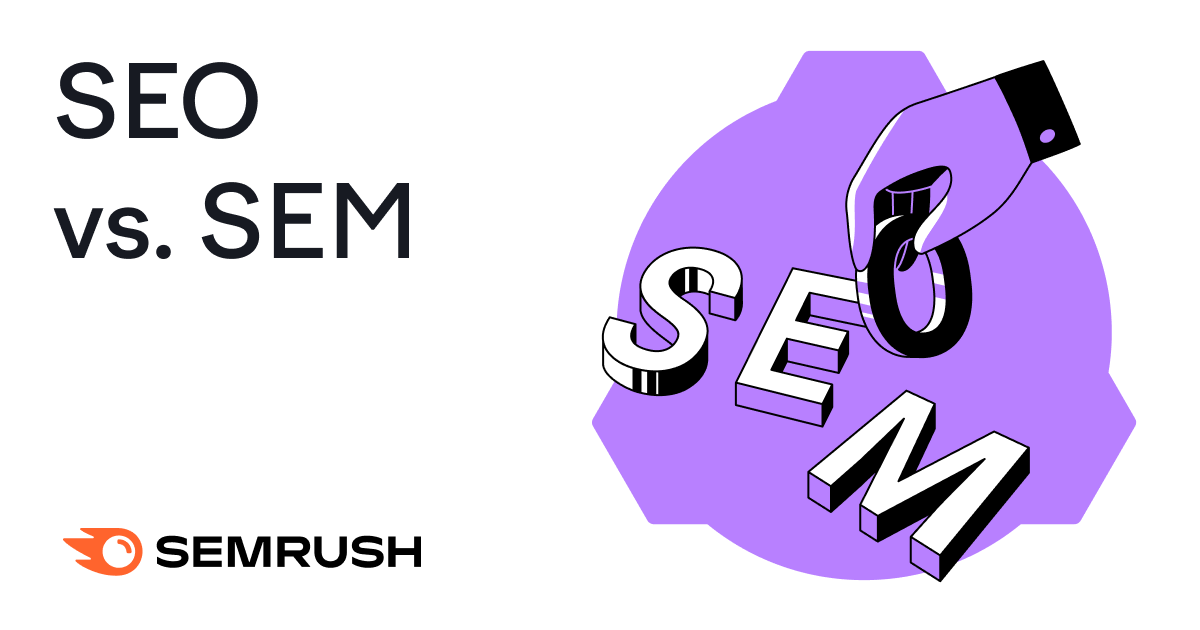
![How to Find Low-Competition Keywords with Semrush [Super Easy]](https://static.semrush.com/blog/uploads/media/73/62/7362f16fb9e460b6d58ccc09b4a048b6/how-to-find-low-competition-keywords-sm.png)











